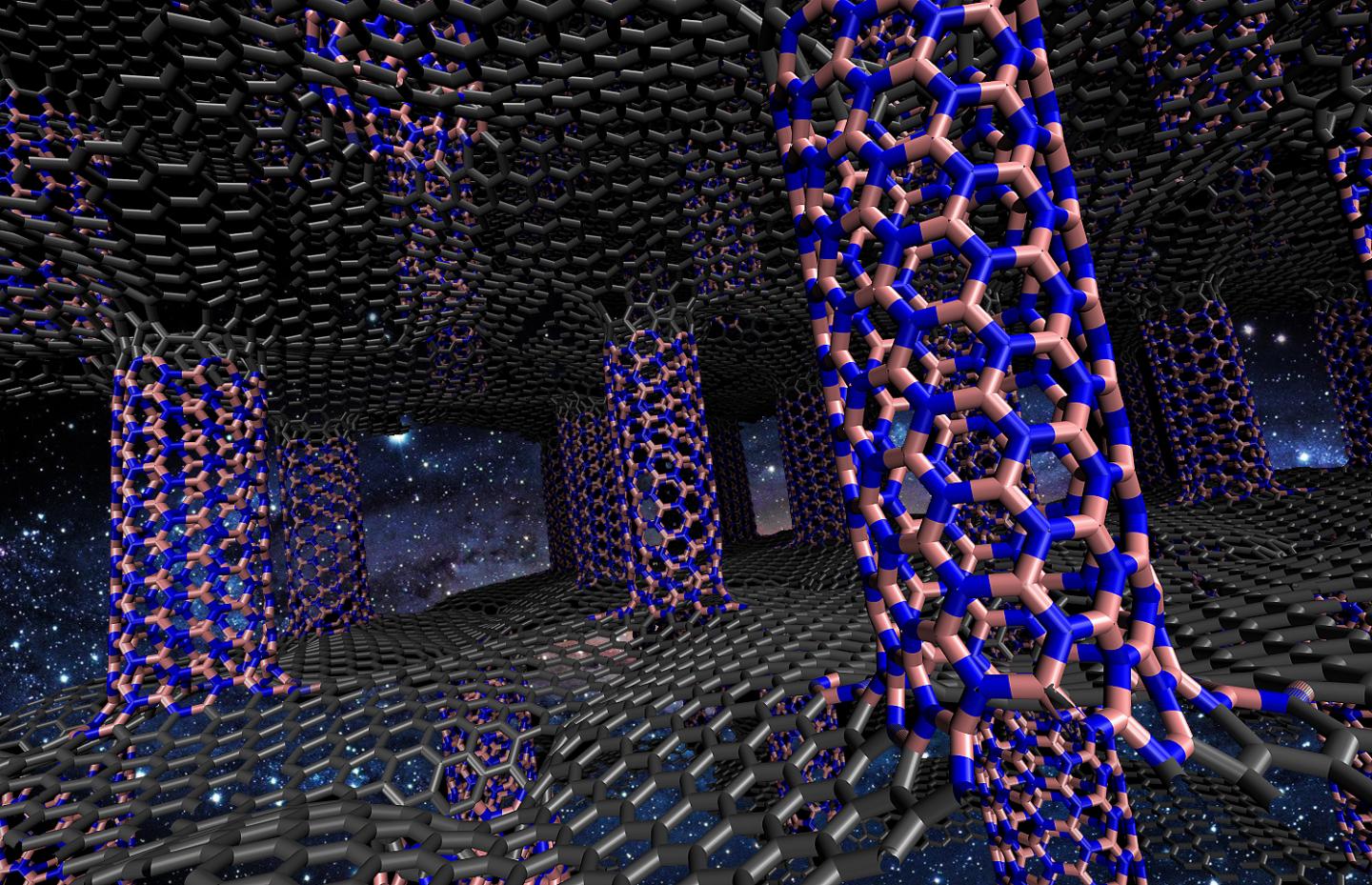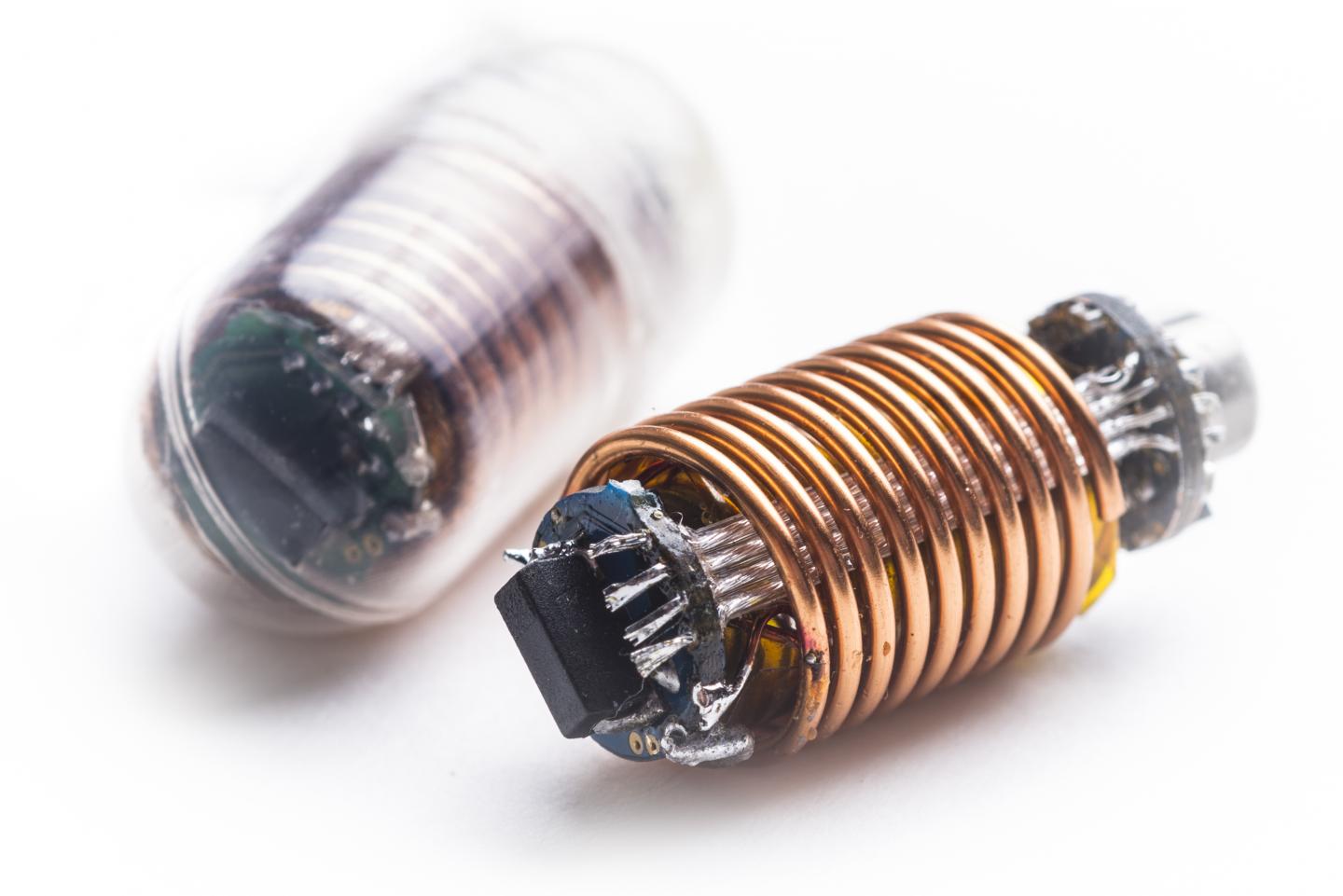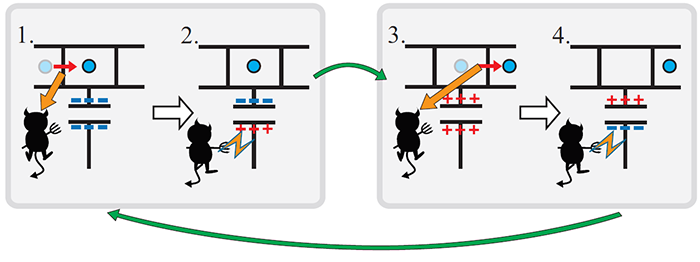Unusually for a ‘nanomedicine’ project, the talk turned to prevention during a Jan. 10, 2016 teleconference featuring Dr. Noor Hayaty Abu Kasim of the University of Malaya and Dr. Wong Tin Wui of the Universiti Teknologi Malaysia and Dr. Joseph Brain of Harvard University in a discussion about Malaysia’s major investment in nanomedicine treatment for lung diseases.
A Jan. 11, 2016 Malaysian Industry-Government Group for High Technology (MIGHT) news release on EurekAlert announces both the lung project (University of Malaya/Harvard University) and others under Malaysia’s NanoMITe (Malaysia Institute for Innovative Nanotechnology) banner,
Malaysian scientists are joining forces with Harvard University experts to help revolutionize the treatment of lung diseases — the delivery of nanomedicine deep into places otherwise impossible to reach.
Under a five-year memorandum of understanding between Harvard and the University of Malaya, Malaysian scientists will join a distinguished team seeking a safe, more effective way of tackling lung problems including chronic obstructive pulmonary disease (COPD), the progressive, irreversible obstruction of airways causing almost 1 in 10 deaths today.
Treatment of COPD and lung cancer commonly involves chemotherapeutics and corticosteroids misted into a fine spray and inhaled, enabling direct delivery to the lungs and quick medicinal effect. However, because the particles produced by today’s inhalers are large, most of the medicine is deposited in the upper respiratory tract.
The Harvard team, within the university’s T.H. Chan School of Public Health, is working on “smart” nanoparticles that deliver appropriate levels of diagnostic and therapeutic agents to the deepest, tiniest sacs of the lung, a process potentially assisted by the use of magnetic fields.
Malaysia’s role within the international collaboration: help ensure the safety and improve the effectiveness of nanomedicine, assessing how nanomedicine particles behave in the body, what attaches to them to form a coating, where the drug accumulates and how it interacts with target and non-target cells.
Led by Joseph Brain, the Cecil K. and Philip Drinker Professor of Environmental Physiology, the research draws on extensive expertise at Harvard in biokinetics — determining how to administer medicine to achieve the proper dosage to impact target cells and assessing the extent to which drug-loaded nanoparticles pass through biological barriers to different organs.
The studies also build on decades of experience studying the biology of macrophages — large, specialized cells that recognize, engulf and destroy target cells as part of the human immune system.
Manipulating immune cells represents an important strategy for treating lung diseases like COPD and lung cancer, as well as infectious diseases including tuberculosis and listeriosis.
Dr. Brain notes that every day humans breathe 20,000 litres of air loaded with bacteria and viruses, and that the world’s deadliest epidemic — an outbreak of airborne influenza in the 1920s — killed tens of millions.
Inhaled nanomedicine holds the promise of helping doctors prevent and treat such problems in future, reaching the target area more swiftly than if administered orally or even intravenously.
This is particularly true for lung cancer, says Dr. Brain. “Experiments have demonstrated that a drug dose administered directly to the respiratory tract achieves much higher local drug concentrations at the target site.”
COPD meanwhile affects over 235 million people worldwide and is on the rise, with 80% of cases caused by cigarette smoking. Exacerbated by poor air quality, COPD is expected to rise from 5th to 3rd place among humanity’s most lethal health problems by 2030.
“Nanotechnology is making a significant impact on healthcare by delivering improvements in disease diagnosis and monitoring, as well as enabling new approaches to regenerative medicine and drug delivery,” says Prof. Zakri Abdul Hamid, Science Advisor to the Prime Minister of Malaysia.
“Malaysia, through NanoMITe, is proud and excited to join the Harvard team and contribute to the creation of these life-giving innovations.”
…
While neither Dr. Abu Kasim nor Dr. Wong are included in the news release both are key members of the Malaysian team tasked to work on nanomedicines for lung disease. Dr. Abu Kasim is a professor of restorative dentistry at the University of Malaya and familiar with nanotechnology-enabled materials and nanoparticles through her work in that field. She is also the project lead for NanoMITe’s Project 4: Consequences of Smoking among the Malaysian Population. From the project webpage,
Smoking is a prevalent problem worldwide but especially so in Asia where nearly more than half of the world population reside. Smoking kills half of its users and despite the many documented harm to health is still a major problem. Globally six million lives are lost each year because of this addiction. This number is estimated to increase to ten million within the next two decades. Apart from the mortality, smokers are at increased risk of health morbidities of smoking which is a major risk factor for many non-communicable diseases (NCD) such as heart diseases, respiratory conditions and even mental health. Together, smoking reduces life expectancy 10-15 years compared to a non-smoker. Those with mental health lose double the years, 20 -25 years of their life as a result of their smoking. The current Malaysia death toll is at 10,000 lives per year due to smoking related health complications.
…
Although the health impact of smoking has been reported at length, this information is limited nationally. Lung cancer for example is closely linked to smoking, however, the study of the link between the two is lacking in Malaysia. Lung cancer particularly in Malaysia is also often diagnosed late, usually at stages 3 and 4. These stages of cancer are linked with a poorer prognosis. As a result to the harms to health either directly or indirectly, the World Health Organization (WHO) has introduced a legal treaty, the first, called the Framework Convention for Tobacco Control (FCTC). This treaty currently ratified by 174 countries was introduced in 2005 and consists of 38 FCTC Articles which are evidence based policies, known to assist member countries to reduce their smoking prevalence. Malaysia is an early signatory and early adopter of the MPOWER strategy which are major articles of the FCTC. Among them are education and information dissemination informing the dangers of smoking which can be done through awareness campaigns of advocacy using civil society groups. Most campaigns have focused on health harms with little mention non-health or environmental harm as a result of smoking. Therefore there is an opportunity to further develop this idea as a strong advocacy point towards a smoke-free generation in the near future
It is difficult impossible to recall any other nanomedicine initiative that has so thoroughly embedded prevention as part of its mandate. As Dr. Brain puts it, “Malaysia’s commitment to better health for everyone—sometimes, I’m jealous.”
Getting back to nanomedicine, it’s Dr. Wong, an associate professor in the school of pharmaceutics at Universiti Teknologi Malaysia (UTM), who is developing polymeric nanoparticles designed to carry medications into the lungs and Brain who will work on the best method of transport. From Dr. Brain’s webpage,
Dr. Brain’s research emphasizes responses to inhaled gases, particulates, and microbes. His studies extend from the deposition of inhaled particles in the respiratory tract to their clearance by respiratory defense mechanisms. Of particular interest is the role of lung macrophages; this resident cell keeps lung surfaces clean and sterile. Moreover, the lung macrophage is also a critical regulator of inflammatory and immune responses. The context of these studies on macrophages is the prevention and pathogenesis of environmental lung disease as well as respiratory infection.
His research has utilized magnetic particles in macrophages throughout the body as a non-invasive tool for measuring cell motility and the response of macrophages to various mediators and toxins. …
It was difficult to get any specifics about the proposed lung nanomedicine effort as it seems to be at a very early stage.
- Malaysia through the Ministry of Higher Education with matching funds from the University of Malaya is funding this effort with 1M Ringgits ($300,00 USD) per year over five years for a total of 5M Ringgits ($1.5M USD)
- A Malaysian researcher will be going to Harvard to collaborate directly with Dr. Brain and others on his team. The first will be Dr. Wong who will come to Harvard in June 2016 where he will work with his polymeric nanoparticles (vehicles for medications) and where Brain will examine transport strategies (aerosol, intrathecal administration, etc.) for those nanoparticle-bearing medications.
- There will be a series of comparative studies of smoking in Malaysia and the US and other information efforts designed to support prevention strategies.
One last tidbit about research, Dr. Brain will be testing the nanoparticle-bearing medication once it has entered the lung using the ‘precision cut lung slices’ technique, as an alternative to some, if not all, in vivo testing.
Final comments
Nanomedicine is highly competitive and the Malaysians are interested in commercializing their efforts which according to Dr. Abu Kasim is one of the reasons they approached Harvard and Dr. Brain.
Should you find any errors please do let me know.



